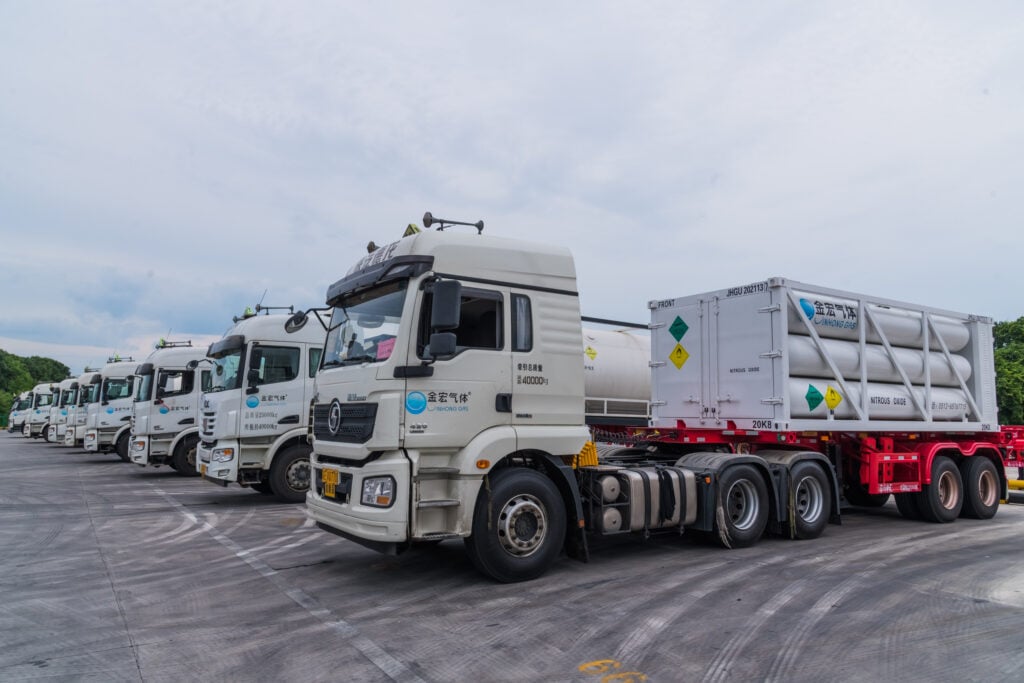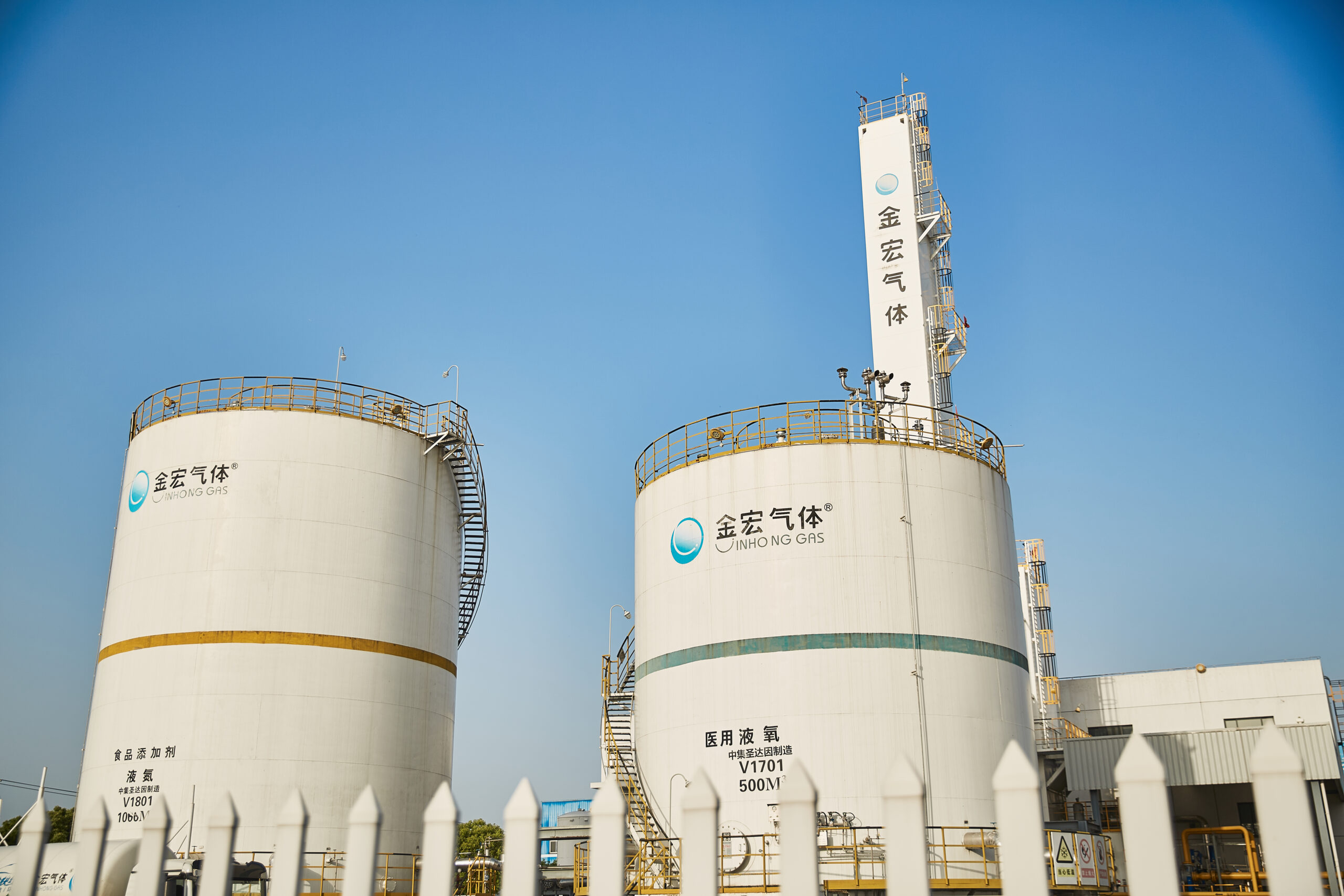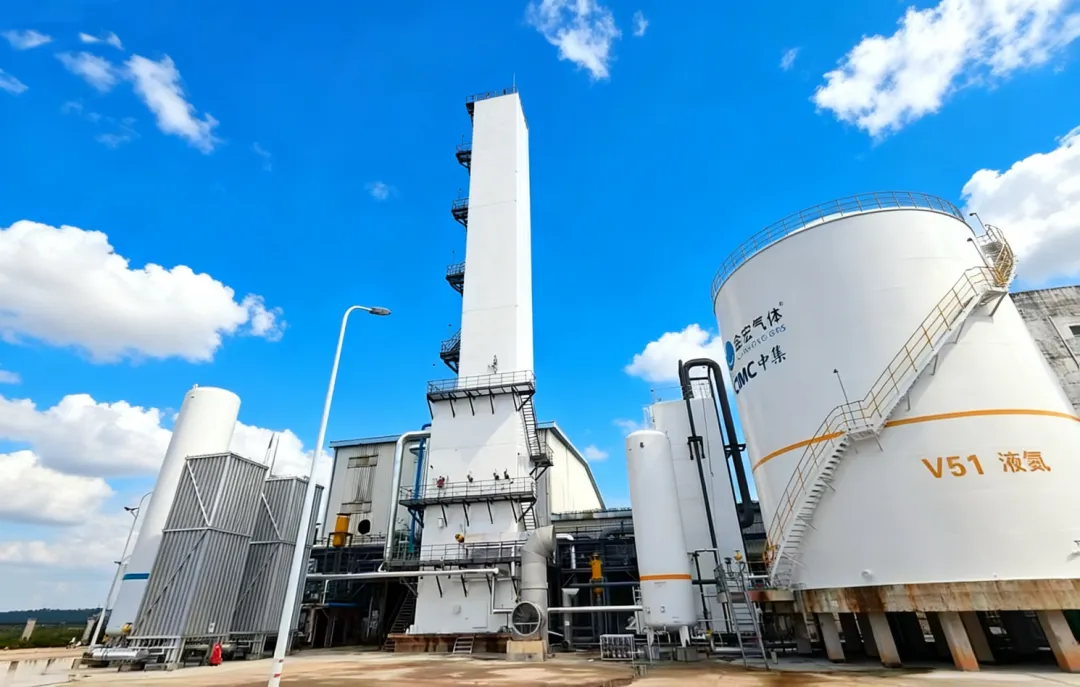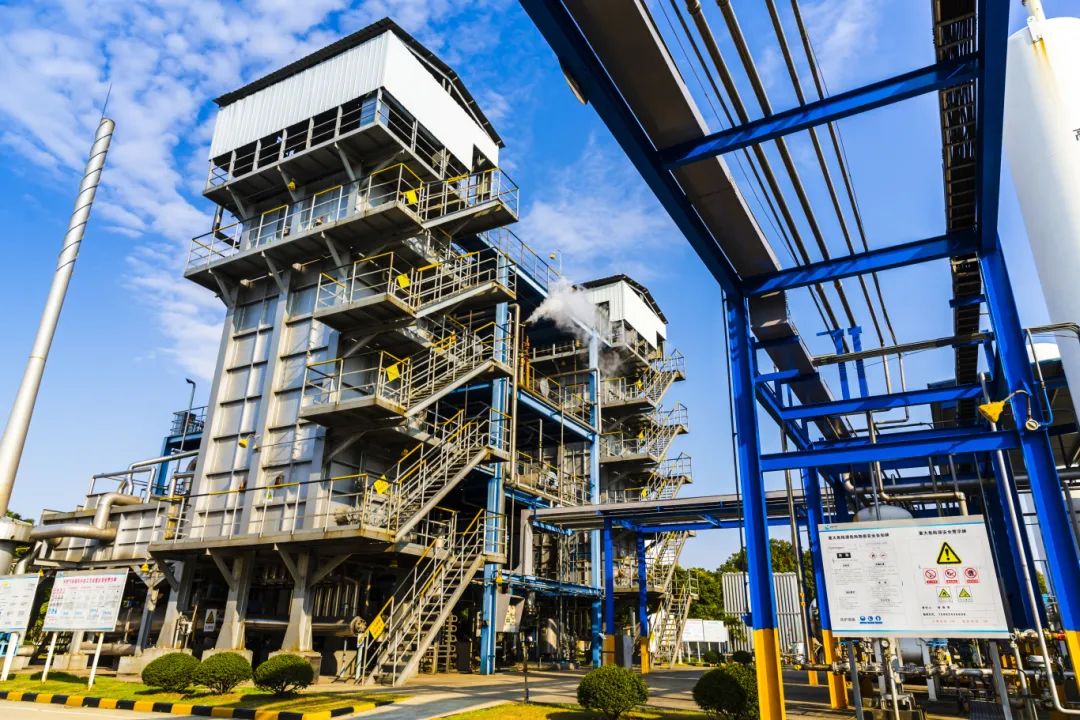1.Do you know what ethylene oxide is?
Ethylene Oxide (EtO or EO) is a colorless, flammable, sweet epoxy compound (chemical formula: C₂H₄O), which is widely used in the industrial, medical and chemical fields.
Among them, one of the most important characteristics of ethylene oxide is its strong sterilization ability, which makes it the gold standard for sterilization of high-temperature-resistant materials such as medical devices and pharmaceutical packaging. It is also used to sterilize devices that cannot be sterilized with steam or radiation, such as certain medical and dental equipment.
The core advantages of ethylene oxide (EO): broad-spectrum and efficient sterilization, low-temperature sterilization to protect equipment, super strong penetration, wide material compatibility, integrated terminal packaging sterilization, suitable for moisture-intolerant/heat-intolerant products, verification and compliance assurance, economical and efficient large-scale processing, etc.

2. Application classification of ethylene oxide (EO)
As an important basic raw material of modern industry, it is widely used in many fields and is known as the “blood of industry”. We provide customers with detailed product and service information to demonstrate its huge application value and market potential.
Medical device sterilization
Suitable for medical devices that are not resistant to high temperature, high pressure or moisture, such as electronic components, plastics, rubber, etc.
| Applications | Products | EO Advantages |
| Disposable medical supplies | Syringes, catheters, surgical sutures, infusion sets | Avoid high temperature deformation and maintain material integrity |
| Precision medical equipment | Endoscopes, pacemakers, artificial joints, dialyzers | Low temperature sterilization (30~60℃) to protect electronic components |
| Packaging of drugs and biological agents | Sterile injection bottles, vaccine packaging materials | Terminal sterilization to avoid secondary contamination |
Chemical production
EO is the core raw material for many important chemical products.
| Raw materials involved | Main purpose | Terminal application |
| Ethylene glycol (EG) | Automobile antifreeze (coolant), polyester fiber (PET plastic) | Beverage bottles, clothing, tire cord fabric |
| Surfactants | Detergents, cosmetics, pesticide emulsifiers | Shampoo, dishwashing liquid, industrial cleaning agents |
| Ethanolamine | Gas purification (CO₂ absorption), pharmaceutical intermediates | Natural gas desulfurization, drug synthesis |
| Polyether polyols | Polyurethane (PU) foam, coatings, adhesives | Furniture sponges, building insulation materials, car seats |
Laboratory and industrial disinfection
Application scenarios:
Biosafety laboratories: sterilization of laboratory equipment, incubators, and biosafety cabinets.
Pharmaceutical industry: disinfection of clean room equipment to avoid microbial contamination.
Other special uses
| Application areas | Specific uses |
| Aerospace | Rocket fuel stabilizer, propellant component |
| Textile industry | Improve fiber strength and dyeing properties. |
| Electronics industry | Cleaning and passivation of semiconductor devices. |
EO sterilization vs irradiation/steam/hydrogen peroxide plasma
Comparative analysis is conducted through sterilization effect, cost analysis, safety and environmental protection, and industry recommendations.
Sterilization effect
| Sterilization technology | Advantages | Disadvantages |
| EO sterilization | Broad-spectrum sterilization (including spores, SAL 10⁻⁶) | Long cycle (requires ventilation to remove residues) |
| Irradiation sterilization (γ/electron beam) | Fast and thorough (strong penetration, SAL 10⁻⁶) | May change material properties (such as PP plastic becomes brittle) |
| Steam sterilization | Most cost-effective (completed in 15 minutes) | Only suitable for high-temperature resistant materials |
| Hydrogen peroxide plasma | Low temperature without residue (suitable for precision equipment) | Ineffective for cellulosic materials (such as paper, cotton cloth) |
resource:
EO sterilization:
https://cloud.kepuchina.cn/newSearch/imgText?id=7163949314901295104
Irradiation sterilization (γ/electron beam):
https://ihep.cas.cn/caea_center/kxcb/kxpj/202304/t20230419_6741233.html
Steam sterilization:
https://zh.wikipedia.org/zh-hans/%E9%AB%98%E5%8E%8B%E9%87%9C
Hydrogen :https://zh.wikipedia.org/wiki/%E8%BF%87%E6%B0%A7%E5%8C%96%E6%B0%A2
Cost Analysis
| Technology | Equipment investment | Unit cost | Suitable for scale |
| EO sterilization | High (explosion-proof facilities required) | Medium-high | Large batches (>1m³) |
| Irradiation sterilization | Very high (cobalt source/accelerator) | Low | Very large scale |
| Steam sterilization | Low | Minimum | Small batch instant sterilization |
| Hydrogen Peroxide Plasma | Medium to High | High | Small to medium precision equipment |
Safety and environmental protection
| Risk items | EO sterilization | Irradiation | Steam | Plasma. |
| Operator risks | Carcinogens (strict protection required) | Radiation leakage risk | High temperature burns | Basic safety |
| Environmental impact | Atmospheric VOC emissions | Radioactive waste disposal | None | None |
| Regulatory restrictions | Strictly regulated by EPA/FDA | Radiation safety license required | No special requirements | No special requirements |
Industry application suggestions
EO is the first choice for medical devices: disposable catheters, complex assembly devices, etc.
Alternatives: hydrogen peroxide plasma (electronic endoscopes), irradiation (pre-packaged syringes)
Pharmaceutical industry
Terminal sterilization: glass bottles/plastic bottles (EO or irradiation)
Raw material sterilization: steam for heat-resistant ingredients
Food packaging
Trend: irradiation (>60% market share) gradually replaces EO
Advantages of choosing ethylene oxide
Based on the chemical and physical advantages of ethylene oxide, the global ethylene oxide market has shown a steady growth trend. As an indispensable and important chemical in the industrial field, customer demand is also increasing.
With the continuous development of industries such as chemical, medical, and food, the continuous iteration and update of market scale, the rise of emerging industries, and the upgrading of traditional industries, ethylene oxide will also play a greater role in the operation of these markets.
Ethylene oxide has active chemical properties and can react with many substances. It is an important raw material for the production of chemical products. Its efficient sterilization performance has a strong penetrating ability and penetrates into every corner of medical devices and supplies.
Main challenges in the future
Health and environmental risks: EO is listed as a Class 1 carcinogen by the WHO, and countries have strengthened emission supervision (such as the new regulations of the US EPA in 2021).
Residue problem: Medical devices require long-term ventilation and analysis (12 to 72 hours), which affects production efficiency.
Future trends
Low-residue sterilization technology: Optimize ventilation process to reduce EO residues.
Green alternatives:
Hydrogen peroxide plasma sterilization (applicable to some medical devices).
Electron beam (E-beam) and X-ray sterilization (no chemical residue, but higher cost).
Biodegradable EO derivatives: Develop more environmentally friendly alternatives for chemical applications.
How much does it cost to buy ethylene oxide?
The domestic ethylene oxide market price fluctuates frequently. Between 2024 and 2025, the price showed a phased change. For example, at the beginning of 2024, the average market price was about 6,400 yuan/ton, and by April 19, it climbed to 7,000 yuan/ton, an increase of 9.38%. In 2025, as of early January, the price in East China remained at 7,000 yuan/ton, up 9.38% year-on-year.
A variety of factors affect price fluctuations
Regarding the supply of ethylene oxide, the impact of equipment maintenance and production capacity on prices is relatively significant. If the domestic new production capacity is released in a concentrated manner, the increase in supply will put downward pressure on prices. The second is demand. The demand situation of downstream industries is an important support for prices. The flat downstream demand will provide relatively stable support for the demand for ethylene oxide. The best and most important factor is the cost factor. The price fluctuation of raw material ethylene has a relatively obvious impact. Due to the fluctuation of crude oil prices, the price of ethylene is driven by changes, which in turn affects the cost of ethylene oxide.
The price of ethylene oxide is also affected by many factors in the world. Take the United States as an example. Its ethylene oxide market is different from that in China. The United States has abundant shale gas resources, and the supply of ethane raw materials is sufficient and the cost is relatively low, which makes some American companies have cost advantages in the production of ethylene oxide and the price is relatively stable. In Europe, the chemical industry is mature and the market competition is fierce. The price is affected by a variety of factors such as market supply and demand, environmental protection policies and energy costs. Europe has strict environmental protection requirements, and companies need to invest more environmental protection costs in the production process, which affects the price of ethylene oxide to a certain extent.
Cost differences:
Domestic ethylene oxide production enterprises partially rely on imported ethylene as raw materials. Affected by the fluctuations in international crude oil prices and transportation costs, the costs are relatively unstable.
In countries with rich ethane resources such as the United States, the cost of ethylene oxide cracking is relatively low.
Although Europe has advanced chemical technology, the environmental protection cost is high, which raises the overall production cost.
Supply and demand differences:
In the domestic downstream industrial structure, real estate-related polycarboxylic acid water-reducing agent monomers account for a large proportion of the demand for ethylene oxide, and the cyclical fluctuations in the real estate industry make the domestic demand for ethylene oxide unstable.
In the international market, the demand structure in different regions is different. For example, the growth in demand for packaging materials such as PET bottles in the Asia-Pacific region drives the demand for ethylene oxide, and the demand in high-end chemical products and medical sterilization in Europe and the United States accounts for a prominent proportion.
Policy and market environment:
Domestic policies in environmental protection, production safety and other aspects are becoming increasingly stringent, and corporate compliance costs are increasing, affecting product prices. Internationally, trade policies, tariff adjustments and regional economic development level differences among countries will also have an impact on ethylene oxide prices. For example, trade frictions may lead to obstructions in the import and export of ethylene oxide in some regions, thereby affecting local market supply, demand and prices.
Where can I buy ethylene oxide?
Due to the huge customer demand, the market competition for ethylene oxide is also very fierce. Internationally, large-scale enterprises play a huge brand effect and occupy a certain market share with advanced production technology and a wide sales network, but there are great challenges in terms of price. Chinese domestic enterprises rely on local advantages, control costs and regional markets, and rely on unique product advantages and customer service to establish a good brand image in the ethylene oxide market, with the advantages of stable products and stable customer groups. It is the best choice for consumers.
We are very strict in controlling the quality of ethylene oxide, strictly follow relevant international and domestic quality standards, and adopt advanced production processes and equipment. Strictly screen raw materials, and strictly test every link from purchase to delivery to ensure that some key indicators such as the purity and impurity content of ethylene oxide can reach the leading level of the industry, and provide our customers with more secure and reliable products and services. Let you buy with confidence and use with peace of mind.
With high-quality products, professional sales service teams and flexible cooperation models, we provide all-round support and guarantees for new and old customers, and look forward to opening up a larger application market for ethylene oxide with more customers and realizing the sustainable development of ethylene oxide.
If you need to purchase ethylene oxide, please contact us via email for quotation and consultation.
FAQ
- Why can EO sterilize?
It destroys the DNA/RNA protein structure of microorganisms through alkylation reaction, and is effective against bacteria, spores, and viruses, with a sterilization assurance level (SAL) of up to 10⁻⁶.
- How to control EO residue after sterilization?
Analysis by forced ventilation (usually 48-72 hours)
Residual amount must meet the following requirements:
Medical devices: <0.1mg/piece (ISO 10993-7)
Food packaging: <0.01ppm (FDA 21 CFR 178.1005)
- Which products must be sterilized with EO?
The following items are not resistant to high temperature/humid heat: disposable catheters, artificial heart valves, electronic endoscopes, ventilator tubing, some drug packaging (such as prefilled syringes), etc.
- How long is the EO sterilization cycle?
Typical process:
Pretreatment (temperature and humidity balance): 1-2 hours
Sterilization (gas permeation): 2-6 hours
Analysis (residue removal): 1-3 days
- Can we provide certificates, special licenses, etc.?
Yes, we can provide such certificates for your review, please contact us and tell us any of your needs, we will do our best to solve the problem for you.



